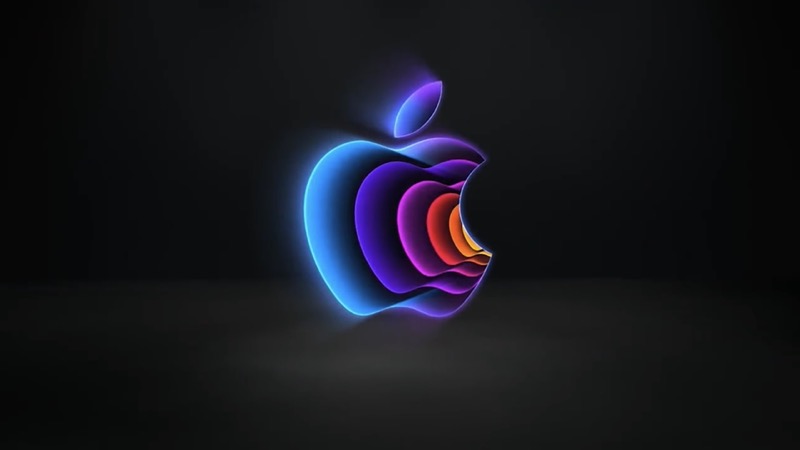
NEWS – During their “Peek Performance” event on Tuesday, Apple announced a range of updated and new products. From new colors for existing products to a brand new Mac and display, Apple showed off a few modest updates as well their first new Mac model in a long time.
New Colors
New for the iPhone 13 and iPhone 13 Mini models is a green color option. For the Pro models Apple introduced what they call an Alpine Green finish. There are no feature updates to these phone models but for those who haven’t upgraded yet and missed the green option in the iPhone 11 Pro line a few years ago, now’s a great time to upgrade.

iPhone SE
Apple also announced the third generation iPhone SE. New to this model are the A15 Bionic chip from the iPhone 13 line for faster CPU and GPU performance, advanced photography features, 5G, and better battery life with up to two more hours of video playback. The price has gone up from $399 to $429 but it still remains the cheapest iPhone model available.
Pre-orders start Friday, March 11, and will be available in stores March 18.
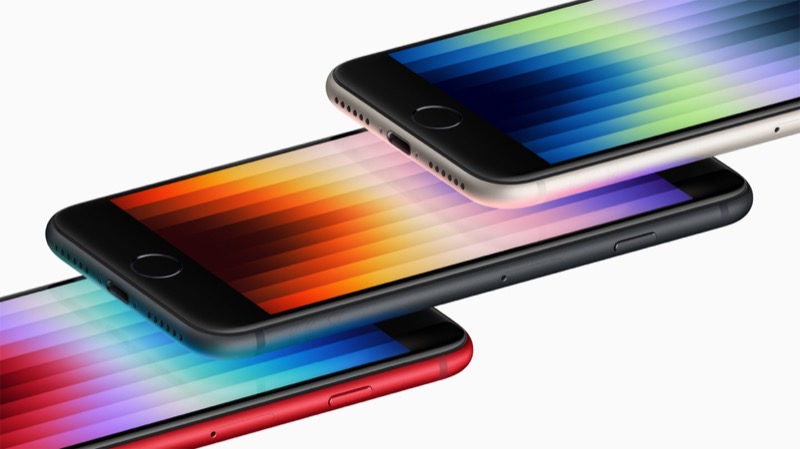
iPad Air
The fifth generation iPad Air arrives with Apple’s M1 chip, 5G, WiFi 6, a 12 MP Ultra Wide front camera with Center Stage, and 2x transfer speed vs the fourth generation through the USB-C connector. Although it features the M1 chip, this is USB-C only; there are no Thunderbolt capabilities in this model. The fifth generation iPad Pro comes with Space Gray, Pink, Purple, Blue, Starlight color options. The base model 64 GB version sells for $599 and there is a 256 GB option for $749. Add an extra $150 for the cellular option. Pre-orders start Friday, March 11, and will be available in stores March 18.

M1 Ultra
Apple took time to show off their newest Apple Silicon chip. M1 Ultra is basically two M1 Max chips fused together using a process Apple calls UltraFusion. This makes the chip appear to the computer as one CPU, meaning software doesn’t have to be re-written to support multiple processors. If it works on Apple Silicon now, it will continue to work, although probably a lot faster, with the M1 Ultra. Apple calls it “the world’s most powerful chip for a personal computer,” and if reviews of Apple’s earlier M1 chips are anything to go by, fusing two of them together for twice the performance means they’re probably right.
Boasting 114 billion transistors, M1 Ultra supports up to 64 GB or 128 GB of unified memory, 20 core CPU, 64 core GPU, and a 32 core Neural Engine. Apple says it “can transcode video to ProRes up to 5.6x faster than with a 28-core Mac Pro with Afterburner,” has “90 percent higher multi-threaded performance than the fastest available 16-core PC desktop chip in the same power envelope,” and delivers “faster performance than even the highest-end PC GPU available while using 200 fewer watts of power.” For video professionals this results in the ability to play back up to 18 streams of 8K ProRes 422 video, meaning editing video using Final Cut Pro will be faster than ever.
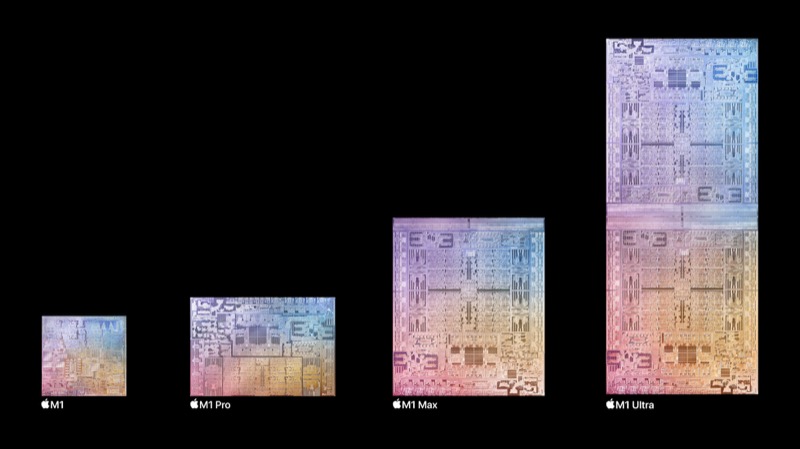
Mac Studio
Apple’s newest Mac, the Mac Studio, comes with either an M1 Max or M1 Ultra CPU, with up to 128 GB of RAM and 8 TB SSD. With its four Thunderbolt 4 ports and an HDMI port Mac Studio can support up to 5 displays, including 4 Pro Display XDRs at 6K and a 4K monitor over HDMI. Rounding out the connections, Mac Studio includes two USB-A ports (5 Gb/s), HDMI, 10 Gb ethernet, 3.5mm headphone jack, all on the back, and an SDXC (UHS-II) slot and two USB-C connectors on the front. On the M1 Ultra model these two front USB-C connectors support Thunderbolt 4 as well. WiFi 6 and Bluetooth 5.0 round out the communications capabilities. Mac Studio is the same footprint as Mac mini and about 2.5x the height, so it’s still a very compact computer. The M1 Max model starts at $1,999, and M1 Ultra starts at $3,999. Orders for Mac Studio are open now with shipping beginning March 18.
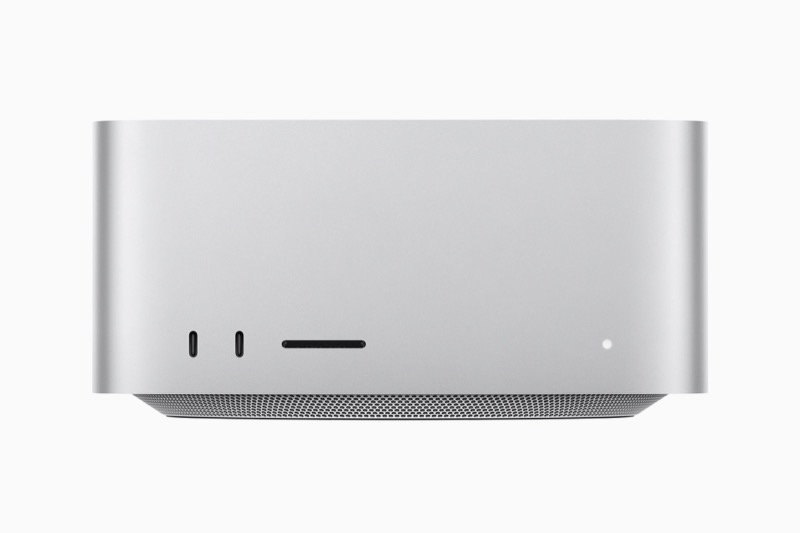
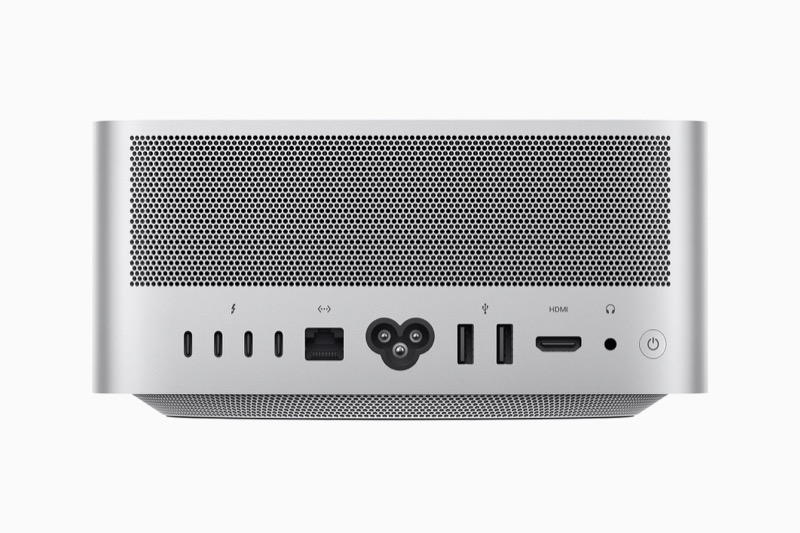
Studio Display
Apple also showed off a 27″ 5K monitor to go with the new Mac Studio. Studio Display features a 12 MP Ultra Wide camera with Center Stage, a “Studio-quality” three-mic array, and Spatial Audio with 6 speakers, all powered by an A13 chip, which also enables “Hey Siri” for processing requests to Apple’s smart assistant. The display panel, which is essentially the same as the now discontinued 27″ iMac, features a P3 wide color gamut, True Tone, and a Nano-texture glass option to help reduce reflections from room lights or sunlight coming through a window. The back features 3x USB-C connectors and one Thunderbolt 3, which can pass up to 96W to a connected laptop. Studio Display comes with a stand that tilts 30º, but there is an optional stand with tilt & hight adjustment option for an extra $400, or a no-cost VESA mount option. The stand choice must be made at time of purchase because there is no way to swap stands after the fact. Pre-order is available now with shipping starting on March 18.

Accessories
Lastly, Apple announced new black & silver keyboard, mouse, Magic Trackpad options. This color scheme was previously only available with Apple’s Mac Pro so having them available as an option with any Mac purchase is a plus. There is a slight price premium for these new accessories vs. the standard white ones Apple sells.
Head to apple.com for more information on these products as well as some new iPhone case and Apple Watch band colors that Apple also introduced on Tuesday.


